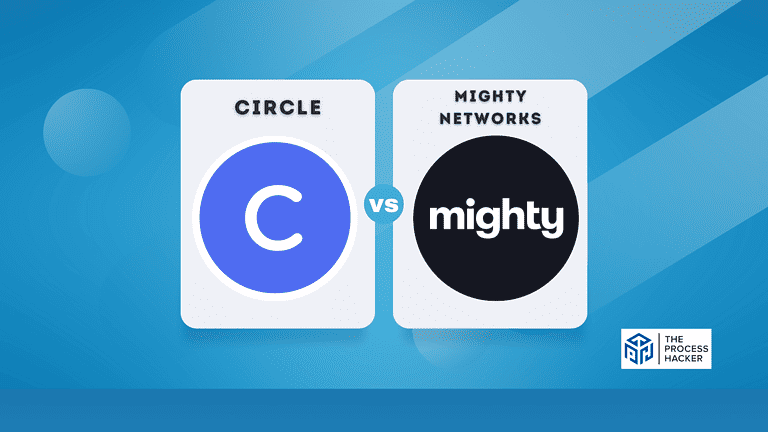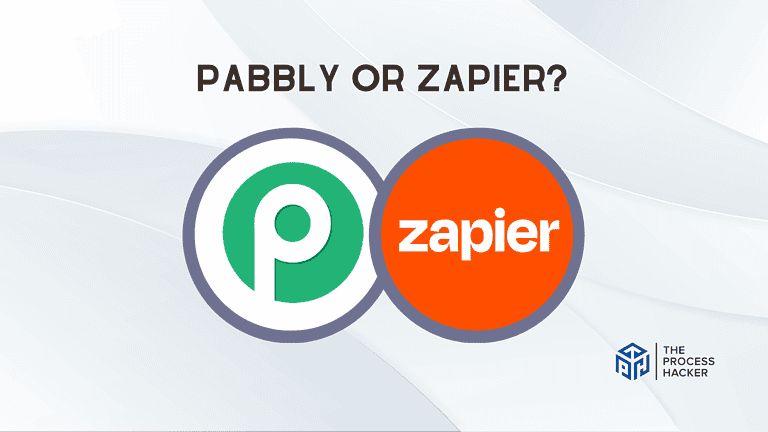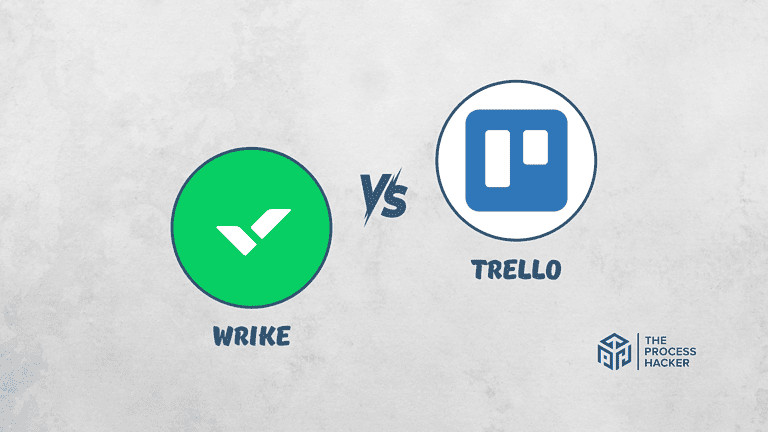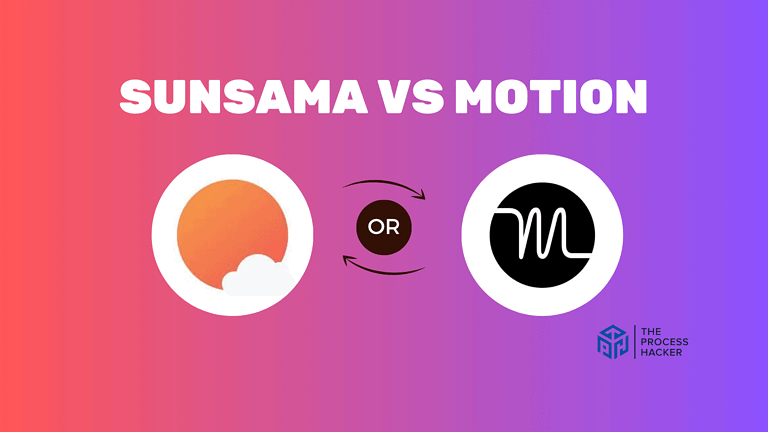Master Meetings with Clients: A Comprehensive Guide for Small Business Owners
Are your client meetings hitting the mark? Or do they sometimes feel more like a chaotic juggling act, leaving you and your clients feeling frazzled?
Let’s face it: as a small business owner, your time is precious. Every meeting counts. You must ensure those interactions are productive, building trust, and leading to closed deals.
But how do you consistently achieve that? How do you turn every meeting into a win-win situation?
This comprehensive guide is here to help you do just that. We’ll walk you through the ins and outs of mastering prospective client meetings, from the initial preparation to the follow-up.
What are Effective Client Meetings?
Effective client meetings are well-prepared, focused interactions that foster clear communication, build trust, and move projects forward. They’re not just about presenting information; they’re about creating a collaborative environment where both you and your client feel heard and understood.
For small business owners, these meetings are essential. They’re your chance to showcase your expertise, address concerns, and strengthen the client relationship. Effective meetings can lead to increased client satisfaction, repeat business, and valuable referrals – all crucial for the growth of your business.
Why You Should Master the Art of Client Meetings
Think of your upcoming meeting as building blocks for your business. When these meetings are effective, they lay a solid foundation for growth. Positive interactions lead to satisfied clients who are more likely to continue doing business with you and recommend you to others.
Strong relationships aren’t built overnight and don’t happen by accident. They’re cultivated over time through clear communication, mutual respect, and a genuine understanding of your client’s needs. Each next client meeting is a step towards building that trust and connection, creating a partnership that benefits both of you.
When clients feel heard, understood, and valued, they’re more likely to be satisfied with your services. And satisfied clients are more likely to stick around. Mastering client meetings helps ensure your clients feel appreciated, reduces churn, and leads to long-term partnerships.
Consistently conducting effective client meetings will set you apart as a true professional. You’ll build a reputation for being organized, meetings prepared, and dedicated to delivering exceptional service. This positive impression can open doors to new opportunities and further solidify your standing in the industry.
Automating Booking & Scheduling
Research indicates that 97% of businesses view process automation as essential for digital transformation, and global spending in this area is projected to reach $1.8 trillion by 2025. Automating scheduling processes can save a significant amount of time and contribute to the success of client meetings. By utilizing automation tools, businesses can ensure a high level of organization and preparation, ultimately maximizing the value of client interactions.
In addition to automation, it’s crucial to make scheduling information easily accessible to clients. If in person, you should use a meeting room booking system that provides comprehensive details about the meeting location, nature, and objectives, along with timely invites and reminders, to enhance client engagement greatly.
When working remotely, utilizing an automated scheduling system can streamline the process of booking meetings and sending clients videoconferencing links. Clear and convenient scheduling information can greatly influence clients’ motivation to attend and fully engage in meetings.
How to Conduct Successful Client Meetings: A Step-by-Step Guide
The success of any successful client meeting hinges heavily on the preparation you do beforehand. It’s about more than just showing up; it’s about showing up ready to make a real impact.
1. Pre-Meeting Preparation: Set Yourself Up for Success
Think of this phase as laying the groundwork for a successful meeting. The effort you invest here will pay off significantly when sitting across from your client.
Research the Client’s Background and Needs
Before you walk into any meeting, take the time to understand who your client is and what they need. Look into their industry, company, current challenges, and goals. The more you know, the better equipped you’ll be to tailor the conversation and offer relevant solutions.
Create a Clear and Organized Meeting Agenda
An agenda acts as a roadmap for your meeting, keeping everyone on track and ensuring you cover all the essential points. Share the agenda or talking points with your clients beforehand so they know what to expect and can come prepared with any questions or concerns.
Gather Necessary Materials and Visual Aids
If you’re presenting information, ensure you have all the necessary materials ready. This might include presentations, reports, samples, or other visual aids to help illustrate your points and keep your client engaged.
Choose the Right Meeting Location or Platform
The setting of your meeting can significantly impact its effectiveness. If you’re meeting in person, choose a quiet, comfortable location where you won’t be interrupted. If you’re meeting virtually, ensure you have a reliable platform and a strong internet connection.
2. Kickoff: Start Your Meeting on the Right Foot
First impressions matter, and how you kick off your client meeting sets the tone for the entire interaction. It’s your opportunity to create a positive atmosphere and establish a connection with your client.
Whether you’re meeting in person or virtually, ensure you’re ready to go well before the scheduled start time. This lets you address any last-minute technical issues, arrange the meeting space, and gather your thoughts.
A friendly greeting and a genuine smile can go a long way in building rapport. Before diving into the meeting agenda, take a few minutes to engage in light conversation and create a comfortable atmosphere.
Briefly reiterate the purpose of the next meeting and what you hope to accomplish. This ensures everyone is on the same page and sets clear expectations for the discussion.
Review the agenda with your client and confirm the allocated time for the meeting. This helps manage expectations and ensures you stay on track.
3. Active Engagement: Make the Most of Your Time Together
This is where the real work happens. It’s about more than just delivering information; it’s about creating a dialogue and fostering a true understanding of your client’s needs and perspectives.
Practice Active Listening Techniques
Active listening goes beyond simply hearing the words your potential client is saying. It involves paying close attention to their body language, tone of voice, and underlying emotions. Show that you’re fully present and engaged by making eye contact, nodding, and paraphrasing what you hear to ensure you understand correctly.
Ask Open-Ended Questions to Gather Information
Encourage your client to share their thoughts and feelings by asking open-ended questions that can’t be answered with a simple “yes” or “no.” This will help you gain valuable insights into their needs, challenges, and expectations.
Address the Client’s Concerns and Pain Points
Take the time to acknowledge and address your client’s concerns or pain points. Show them that you understand their challenges and are committed to finding solutions that work for them.
Present Solutions Tailored to the Client’s Needs
This is your opportunity to shine. Showcase your expertise by presenting solutions that directly address your client’s specific needs and goals. Be clear, concise, and confident in your delivery.
4. Wrapping Up: End on a High Note
How you conclude your meeting is just as important as how you start it. It’s your chance to leave a lasting positive impression and ensure everyone knows what happens next.
Clearly define the next steps and assign specific action items to both you and your client. This provides clarity and accountability, keeping the momentum going after the meeting ends.
If necessary, schedule follow-up meetings or establish a timeline for future communication. This demonstrates your commitment to the project and keeps the lines of communication open.
Always end the meeting by thanking your client for their time and valuable input. A sincere expression of gratitude goes a long way in building strong relationships.
5. Post-Meeting Follow-Up: Solidify Your Relationship
The meeting may be over, but the relationship-building continues. Your post-meeting follow-up is crucial for reinforcing the positive impression you made during the meeting and demonstrating your commitment to the client’s success.
- Send a Thank-You Note or Email: A simple thank-you note or email goes a long way in showing your appreciation for the client’s time and business. It’s a small gesture that can make a big difference in building goodwill.
- Provide Meeting Notes and Action Items: Send a meeting recap, including key takeaways, decisions made, and action items. This ensures everyone has a clear record of what was discussed and what needs to be done.
- Follow Through on Promised Deliverables: Follow through promptly if you commit to providing any deliverables or information after the meeting. This demonstrates your reliability and professionalism.
- Maintain Regular Communication: Stay in touch with your client after the meeting. Regular communication helps you stay top-of-mind and ensures they feel supported throughout the project.
Key Considerations for Successfully Conducting Client Meetings
While the step-by-step guide provides a solid foundation, additional nuances exist to consider when navigating the diverse landscape of client interactions.
From adapting your approach for different meeting types to leveraging technology and handling challenging situations, these considerations will help refine your skills and achieve even greater success in client meetings.
Mastering Different Types of Client Meetings
Not all client meetings are created equal. Each type serves a unique purpose and requires a slightly different approach to ensure maximum effectiveness.
- Introductory Meetings: These are all about making a positive first impression. Focus on building rapport during an introductory meeting, understanding the client’s needs, and setting the stage for future collaboration.
- Discovery Meetings: This is where you dive deeper into the client’s challenges and goals. Active listening and insightful questions are key to uncovering valuable information that will inform your solutions.
- Proposal Meetings: Here, you present your proposed solutions and demonstrate how they address the client’s needs. Clarity, confidence, and persuasive communication are essential.
- Regular Check-ins: These meetings are about maintaining momentum and ensuring the project stays on track. Provide updates, address any concerns, and celebrate progress.
- Troubleshooting Sessions: When challenges arise, these meetings are crucial for finding solutions and keeping the project moving forward. A collaborative approach and a focus on problem-solving are essential.
Leveraging Technology for Effective Virtual Meetings
In today’s digital age, virtual meetings have become increasingly common. Make the most of these interactions by harnessing the power of technology.
- Choose the Right Video Conferencing Tools: Select a reliable platform with features that support clear communication, screen sharing, and collaboration.
- Ensure a Stable Internet Connection: A robust and reliable Internet connection is vital for seamless virtual meetings. Test your connection beforehand and have a backup plan in case of technical difficulties.
- Use Screen Sharing and Collaborative Features: Use screen sharing to present visual aids or walk through documents together. Utilize collaborative features like virtual whiteboards or shared note-taking to enhance engagement and productivity.
- Maintain Professionalism in a Virtual Environment: Even though you’re not at a client meeting in person, it’s important to maintain a professional demeanor. Dress appropriately, choose a quiet and well-lit location, and minimize distractions.
Handling Challenging Situations in Client Meetings
Even the best-prepared meetings can encounter unexpected hurdles. Knowing how to handle challenging situations gracefully and effectively is a valuable skill.
Dealing with Difficult Clients
Stay calm, listen actively, and try to understand the root of the client’s concerns. Address their issues empathetically and professionally, and focus on finding mutually agreeable solutions.
Managing Time for an Effective Client Meeting
Stay mindful of the agenda and time constraints. If the conversation veers off track, gently steer it back to the main topic.
Addressing Unexpected Issues or Objections
Be prepared to address any unexpected questions or objections that may arise. Anticipate potential concerns and have thoughtful responses ready.
Turning Negative Experiences into Positive Outcomes
View it as a learning opportunity even if a meeting goes differently than planned. Reflect on what happened, identify areas for improvement, and strive to create a more positive experience next time.
Taking it to the Next Level: Advanced Strategies for Client Meetings
Once you’ve mastered the basics, you can elevate your client meetings even further by incorporating advanced strategies that demonstrate your expertise and build long-term relationships.
Incorporating Data and Analytics into Your Meetings
Numbers speak volumes. By incorporating data and analytics into your meetings, you can provide tangible evidence of your impact and make a compelling case for your solutions.
Use metrics to demonstrate value. Showcase the results you’ve achieved for other clients or highlight key performance indicators that demonstrate the effectiveness of your approach.
Present complex information in an accessible way. Use charts, graphs, and other visual aids to make complex data understandable and digestible.
Leverage data to guide decision-making. Use data-driven insights to inform your recommendations and help clients make informed decisions.
Building Long-Term Client Relationships Through Strategic Meetings
Your client meetings shouldn’t be isolated events. By strategically planning your interactions, you can foster long-term relationships that benefit both you and your clients.
Create a consistent client meeting cadence. Establish a regular schedule for check-ins and progress updates. This helps maintain momentum and ensures your clients feel supported throughout the project.
Align meetings with the client’s business goals. Ensure your meetings focus on helping the client achieve their broader business objectives. Show them how your solutions contribute to their overall success.
Anticipate future needs and opportunities. Proactively identify potential challenges or areas for growth. Offer insights and recommendations that demonstrate your commitment to the client’s long-term success.
Alternatives to Traditional Client Meetings
While face-to-face and virtual meetings are valuable, they’re not the only way to connect with your clients. Explore alternative communication methods to stay engaged and build relationships.
Asynchronous Communication Methods
Utilize email, project management tools, or messaging platforms for ongoing communication and updates. These tools allow for flexible communication and ensure that important information is documented and easily accessible for both you and your clients, even across different time zones or busy schedules.
Client Portals and Collaborative Workspaces
Provide a central hub where clients can access project information, share files, and collaborate with your team. This fosters transparency and streamlines communication by keeping everyone on the same page and eliminating the need to search through endless email threads.
Video Messages and Personalized Updates
Send personalized video messages to provide updates, share insights, or express appreciation. These videos add a human touch to your communication and make clients feel more connected and valued.
Informal Check-ins and Relationship-Building Activities
Schedule casual catch-ups or plan social events to strengthen your connection with clients and foster a sense of community. These interactions go beyond the transactional nature of business and help build genuine relationships that can lead to long-term loyalty and advocacy.
Final Thoughts on Mastering Meetings with Clients
Mastering the art of client meetings isn’t about following a rigid script; it’s about cultivating a genuine connection, fostering open communication, and demonstrating your commitment to your client’s success. Implementing the strategies and tips outlined in this guide will transform your meetings from mere formalities into powerful opportunities to build trust, showcase your expertise, and drive business growth.
Remember, every interaction with your clients, whether in person or virtual, is a chance to leave a lasting positive impression. So, invest the time and effort to prepare thoroughly, engage actively, and follow up thoughtfully. The rewards – stronger relationships, increased client satisfaction, and a thriving business – will be well worth it.







